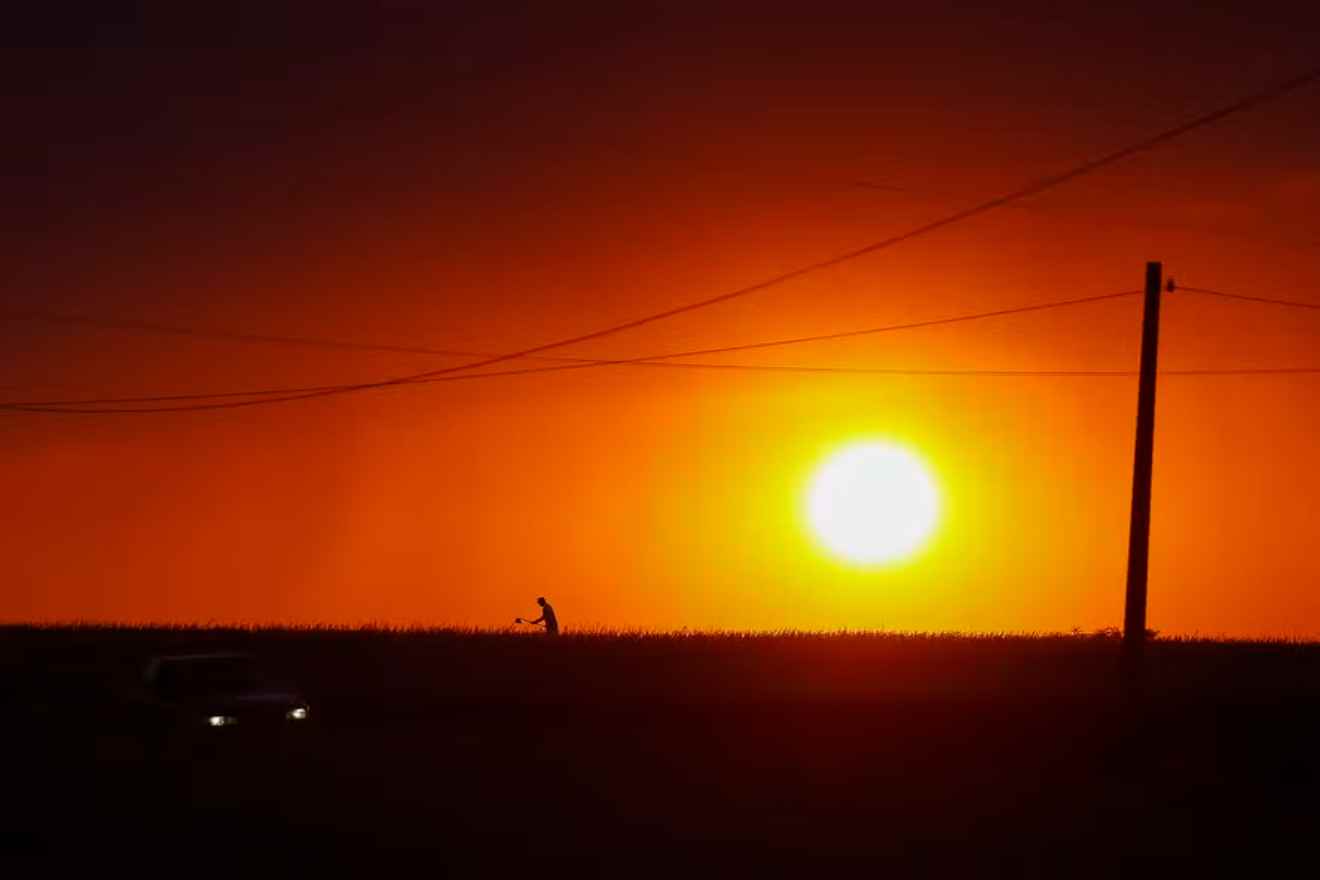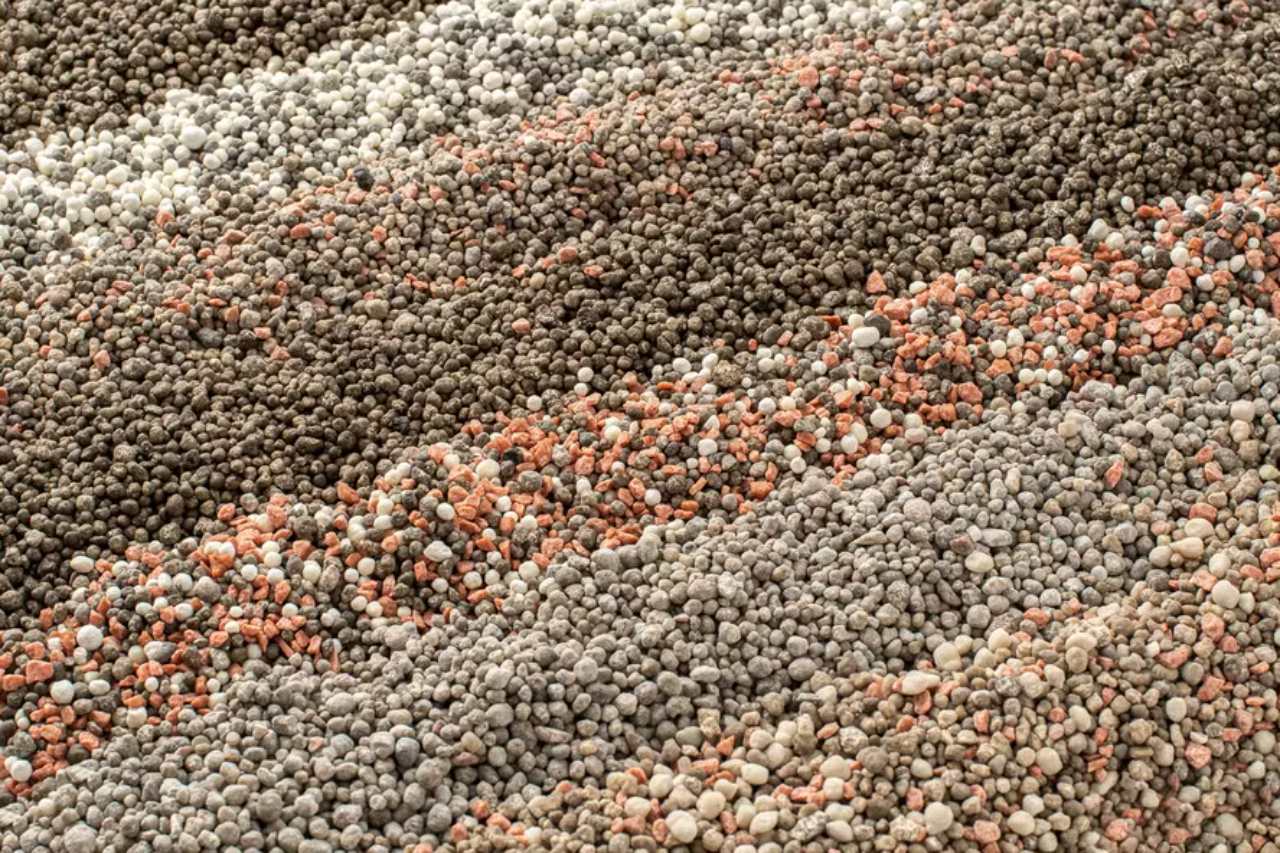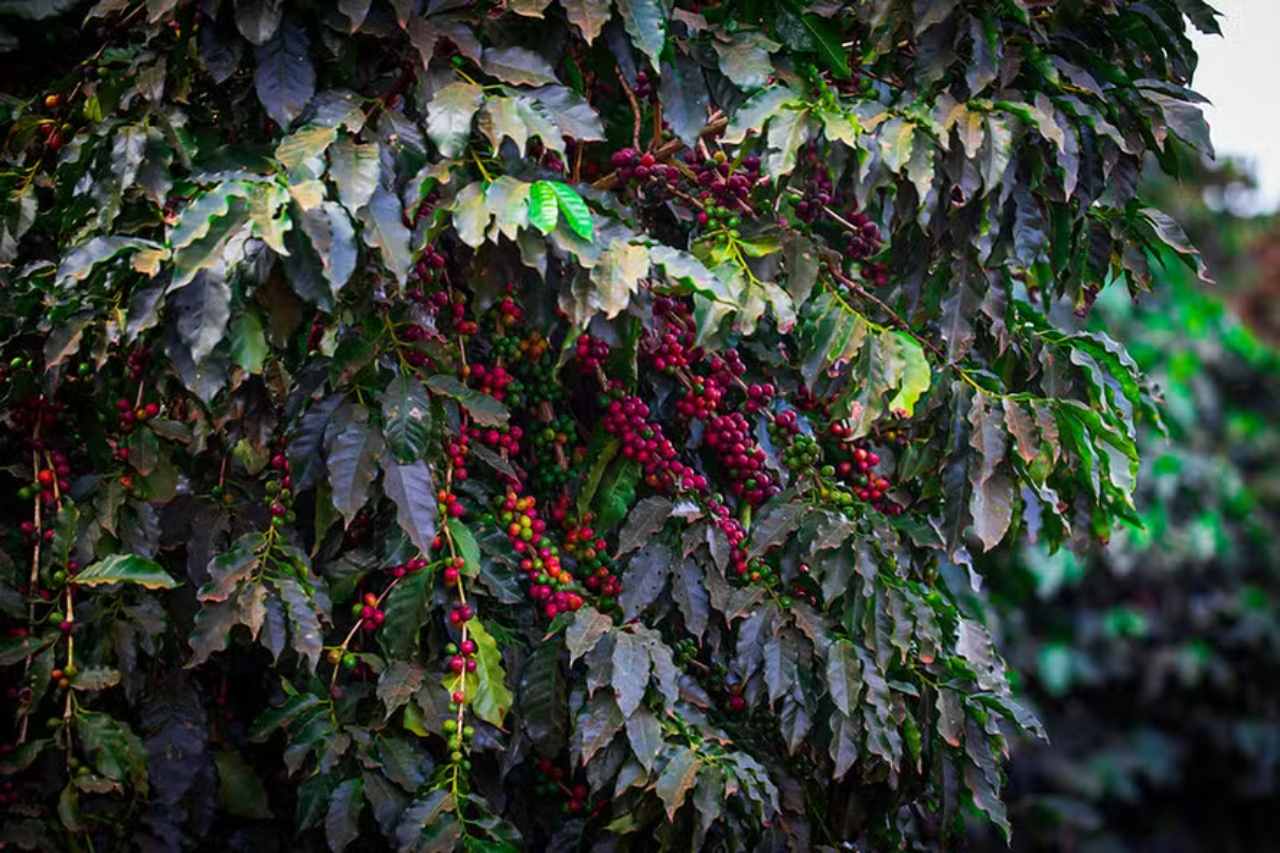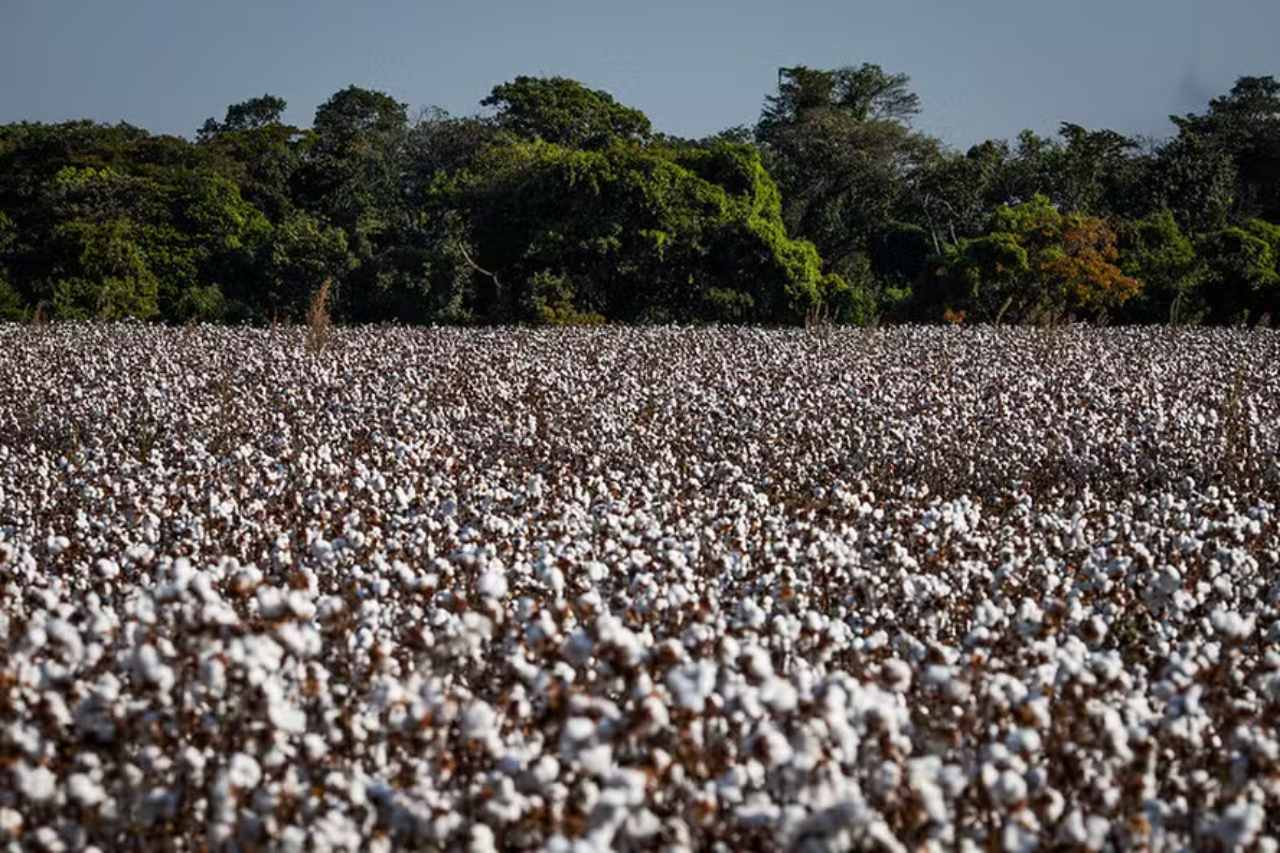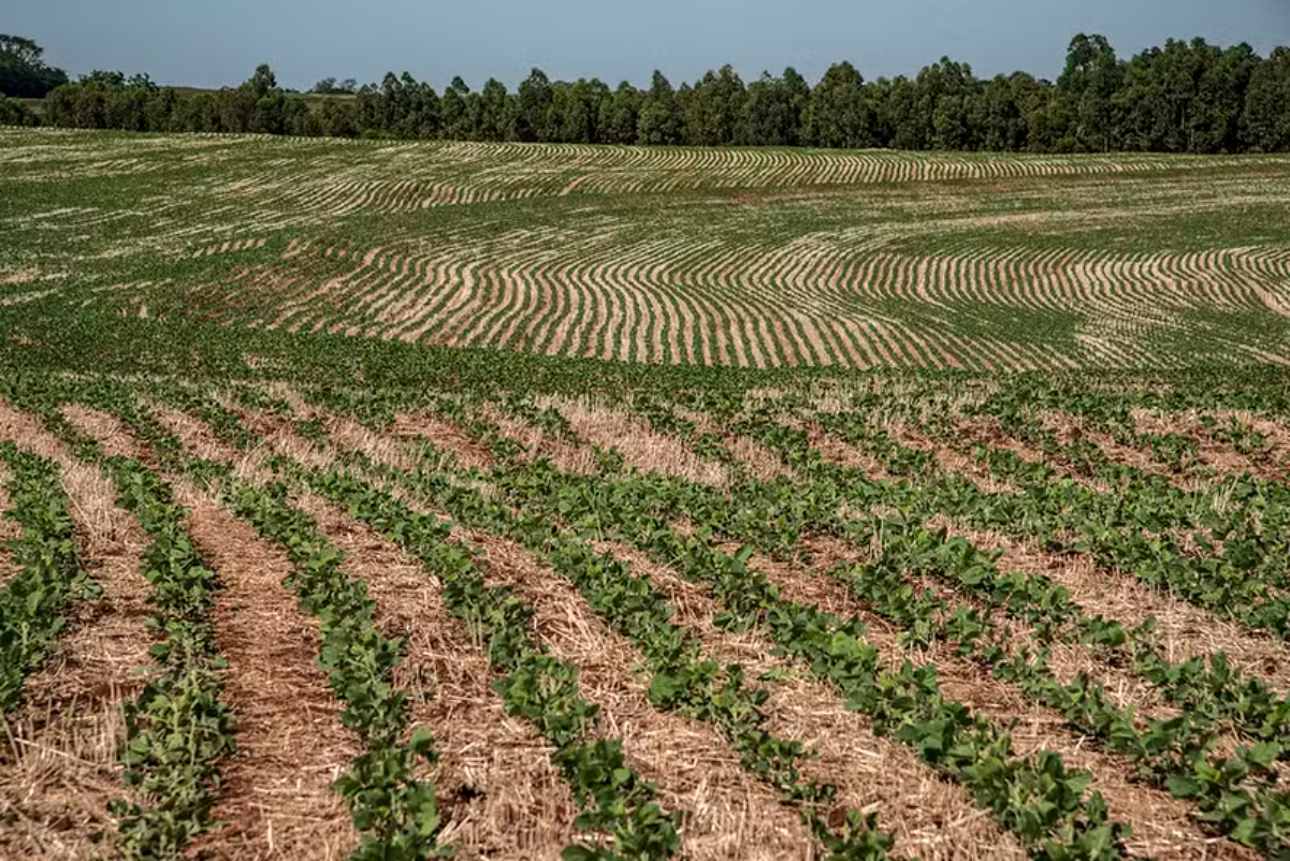The effects of global warming are increasingly visible across Brazil, as a new report from the Ministry of Science, Technology, and Innovation, in collaboration with Rede Clima, reveals significant climate shifts in the country. Some regions in Brazil have experienced a temperature increase of 3°C over the past 60 years, surpassing the global average rise for the same period.
The report highlights a sharp increase in the number of days affected by heatwaves. In the reference period from 1961 to 1990, heatwaves—where temperatures exceed the average by 5°C or more—lasted an average of seven days annually. This number grew to 20 days from 1991 to 2000, reached 40 days between 2001 and 2010, and currently stands at 52 days between 2011 and 2020.
According to the World Meteorological Organization (WMO), 2023 marked the hottest year globally. In Brazil, the average temperature this year was recorded at 24.92°C, which is 0.69°C above the historical mean of 24.23°C. In this period, Brazil also experienced nine months with higher-than-expected average temperatures and nine significant heatwaves.
Drought and Extreme Weather
Rising temperatures have led to an intensification of drought, particularly in Brazil’s Midwest, Northeast, Southeast, and southern Amazon regions. For example, the Northeast saw its consecutive dry days increase from 80 to 100 between 1961 and 1990. The Amazon and other regions have suffered severe droughts in recent decades, notably in 2005, 2010, and 2023, with further extended dry spells in the Northeast from 2012 to 2015 and in the Southeast in 2001, 2014/2015, and 2020/2021.
Extreme climate events, such as floods, droughts, wildfires, and heatwaves, have disproportionately impacted Brazil’s most vulnerable populations, exacerbating infrastructure issues and heightening health risks, including outbreaks of climate-sensitive diseases.
Agricultural Losses
Extended droughts have led to substantial agricultural losses. In the Northeast, approximately 70,000 square kilometers are now unsuitable for farming due to persistent drought and inadequate management practices. The 2012 drought devastated Pernambuco’s corn production, affecting 99% of the crop, and similar losses were recorded in other crops in 2015 and 2017, although soybeans largely withstood these events.
Future Outlook
The report warns that all regions worldwide will face intensified climate impacts over the next 30 years, including hotter periods and fewer cold days. By 2050, if global warming reaches the critical 2°C threshold, there will be greater risks to human health and agricultural sustainability as extreme climate events become more frequent and intense.

